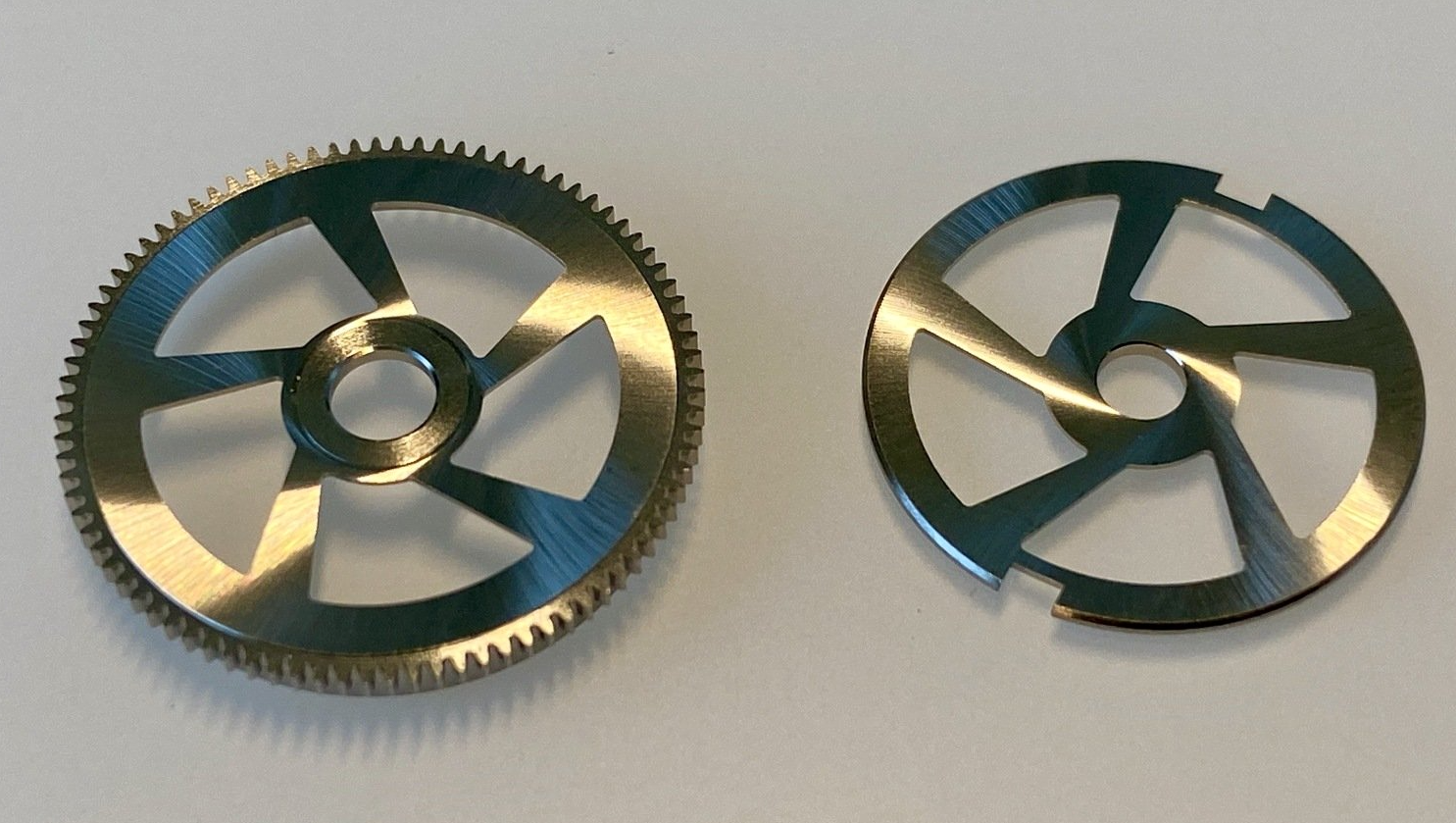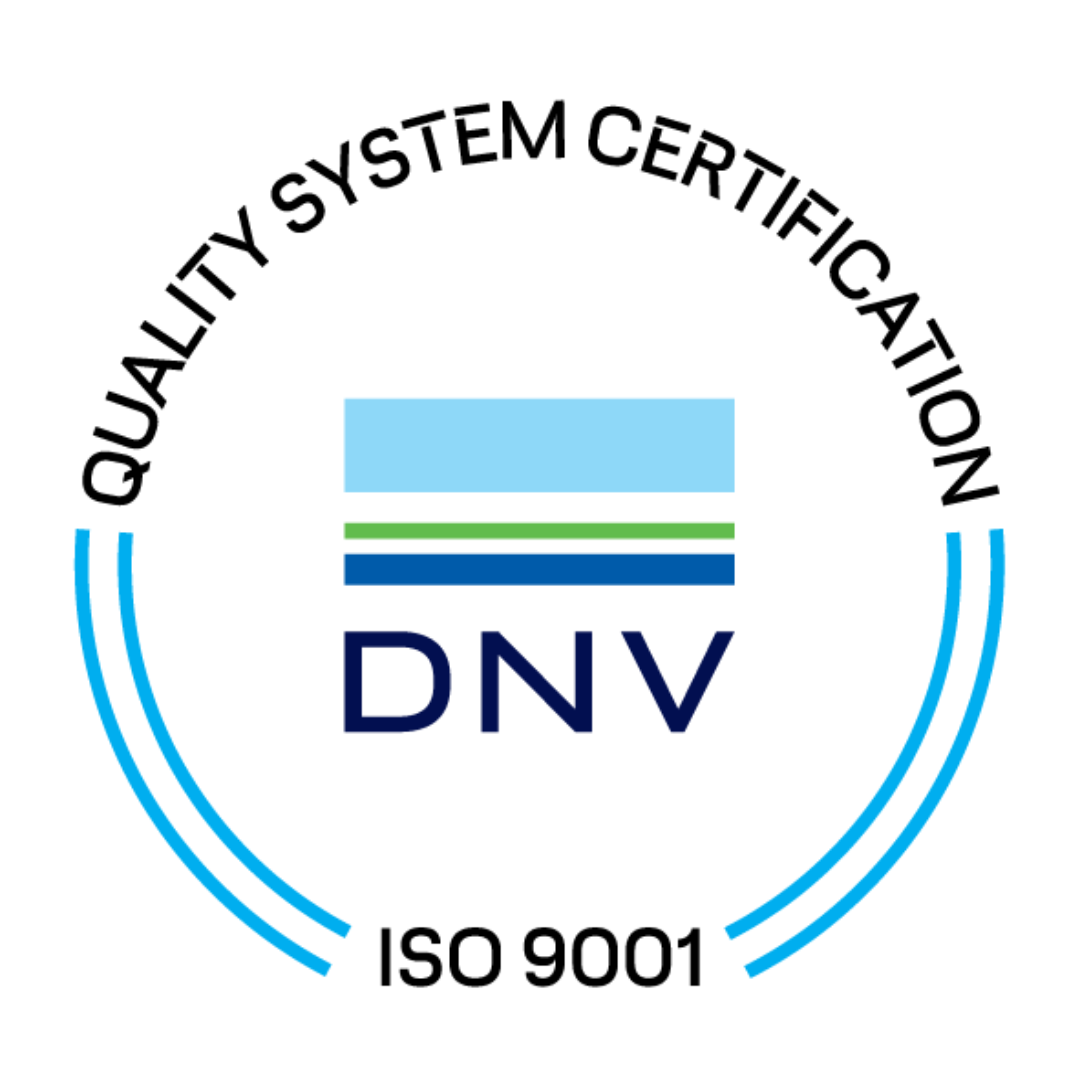Laser techniques used in the watch industry
With the new laser technologies, laser cutting, laser engraving and laser welding are pushed to the limit of precision and technique. Thanks to the different machines used, the watch industry is constantly growing and is ranked third in Swiss exports.
What is the watch industry?
The history of the Swiss watchmaking reputation goes back to the Middle Ages. As early as 1541, John Calvin forbade signs of wealth such as jewelry in Geneva, forcing jewelers to turn to watchmaking and more particularly to watch cases that they could hide in their clothes. This allowed the Swiss watch industry to evolve and position itself globally in this field, while offering new challenges and opportunities. The wristwatch, the waterproof bracelet and the quartz watch were among the first innovations. Watchmaking thus went from a small workshop to a large industrial facility in a short time.
Even though the beginning of the Second World War put an end to the heyday of the watch industry, this does not prevent this sector from still being imposing on the industrial market. A large majority of the watchmaking companies are located between Geneva and La Chaux-de-Fonds.
At Lasertec, the watch market is an important part of our activities. Some of the biggest names in Swiss watchmaking trust us to carry out their projects requiring laser cutting, laser engraving, but also other specific operations. Whether it is to manufacture dials, movement components or watch case decorations, many options are available to you.
Laser technologies used by Lasertec in watchmaking:
Lasertec has specialized in the watch industry by opening a laser production center in Switzerland in 2012 with its subsidiary Swiss Micro Laser. The watch industry requires, in addition to high precision, a special attention to the aesthetics of the parts to be processed. Handling, scratches, color differences or other aesthetic defects are not tolerable in a watch. This is why Lasertec has a team trained in the watchmaking market and dedicated to meeting the quality criteria of Swiss watchmakers. Different laser techniques are used today in this field, among them :
- Laser engraving: thanks to machines developed in-house and scientific laser sources allowing all kinds of adjustments, Lasertec has acquired a know-how in terms of quality and precision of laser engraving, which is still unequalled in the industry. Lasertec, through its subsidiary Swiss Micro Laser, was the first to develop the pre-adjustment of watch movement components by laser. This operation allows to save up to 90% of the cost of this traditionally handmade operation. It does not replace an angler, but facilitates his work and offers to more watch models this decoration usually reserved for prestigious watches.
- Laser cutting: this is also one of the most widely used techniques in watchmaking thanks to ultra-fast femto laser pulses. This process is suitable for thin metal sheets and in situations where the parts must meet high visual requirements without additional processing. For example, it is possible to laser-cut gears and decorated barrel drums without burrs. The laser cutting of skeleton calendars has become one of our specialties since we can also cut this complex component out of brass, stainless steel, durnico or nickel silver while maintaining a flatness within 20µm. Apart from metals, all kinds of special materials can be laser cut such as sapphire, stones, mother of pearl, enamel, wood or ceramic.
- Selective laser sanding: this is a technique that consists of a very fine laser engraving on the surface. Depending on the material and the customer's request, the selective laser sanding can be fine or coarse. We offer hundreds of different shades and grains. The advantage of this technique is that it is not necessary to mask a part using conventional techniques. The laser allows for a much more precise sandblasted effect, without any risk of sand grains getting stuck in the watch. We can position ourselves to the micron on a watch plate or pocket back already machined to remove the milling marks.
- 5-axis laser engraving: the ablation of 3D parts is controlled by software and modern laser machining centers. These machining centers are the only ones that do not come from our own laser machine development. However, we have optimized them with our knowledge in optics. These five-axis lasers allow laser engraving of 3D globes or texturing of an injection mold following its contours. Laser texturing of complex three-dimensional surfaces can be performed on a wide variety of different materials.
- Laser welding: since 2017, we have developed our own laser welding machines based on the technologies that have made us successful. Laser welding is fully automated, which allows us to achieve a precision of only a few microns. Laser welding can be applied to most metals, without any additional material. It is also possible to weld 2 different types of materials together.
- Laser marking: this is a technique similar to laser engraving. The main difference is the depth of the engraving, which can be only a few microns in order to modify the appearance of the part. We can perform laser marking in different colors such as rainbow effect, black or tone on tone laser marking (same color). The marking is generally a very fast process depending on the material and we guarantee a perfect positioning accuracy.
- Laser drilling: we differentiate laser drilling from laser cutting, because we can apply very specific laser machining techniques when it comes to drilling a hole. Indeed, a large hole can be cut by a technique known as trepanning, but when it comes to laser drilling of watch index holes, in an enamel dial for example, things get complicated. We are often dealing with completely different materials (gold and enamel) that each require their own parameters. For this, we have developed not only different laser source parameters, but also a method to work with the laser in a way that does not simply follow the perimeter of the hole. To illustrate another drilling technique, percussion consists in impelling the laser like a jackhammer at the same place and repeating the operation while shifting. This technique allows us to reach hole diameters of up to 2 µm.
The advantages of laser techniques:
If industrial production has allowed the mass production of watches, the use of laser techniques in the field of watchmaking has offered the user several decisive advantages. First of all, the change in the type of production, where many steps have been automated, in order to reduce production costs. Secondly, the inclusion of laser processes throughout the manufacturing process was a real revolution.
In the watchmaking industry, and thanks to machining centers, all the steps of a process, from the creation of the file to the laser output, are perfectly coordinated. It should also be noted that laser machining requires much less effort than 20 years ago. The whole process time is considerably reduced and the evolution of laser sources into micro, then nano, pico and finally femto second have greatly contributed to the adoption of these techniques in watchmaking. No more laser engravings coming out black or burrs after a laser cut. In addition, lasers open up completely new possibilities in terms of design, such as laser satin-finishing at the bottom of the engraving.
The flexibility of the lasers used and the wide range of design options offer the user unlimited possibilities. This technology also reduces waste with direct design on the part and 100% reproducible accuracy.
Conclusion :
If you are a professional in the watch industry, Lasertec is your best partner in laser subcontracting to guarantee you the necessary precision and quality at affordable costs. You can count on our experts to inform and assist you throughout your project.







